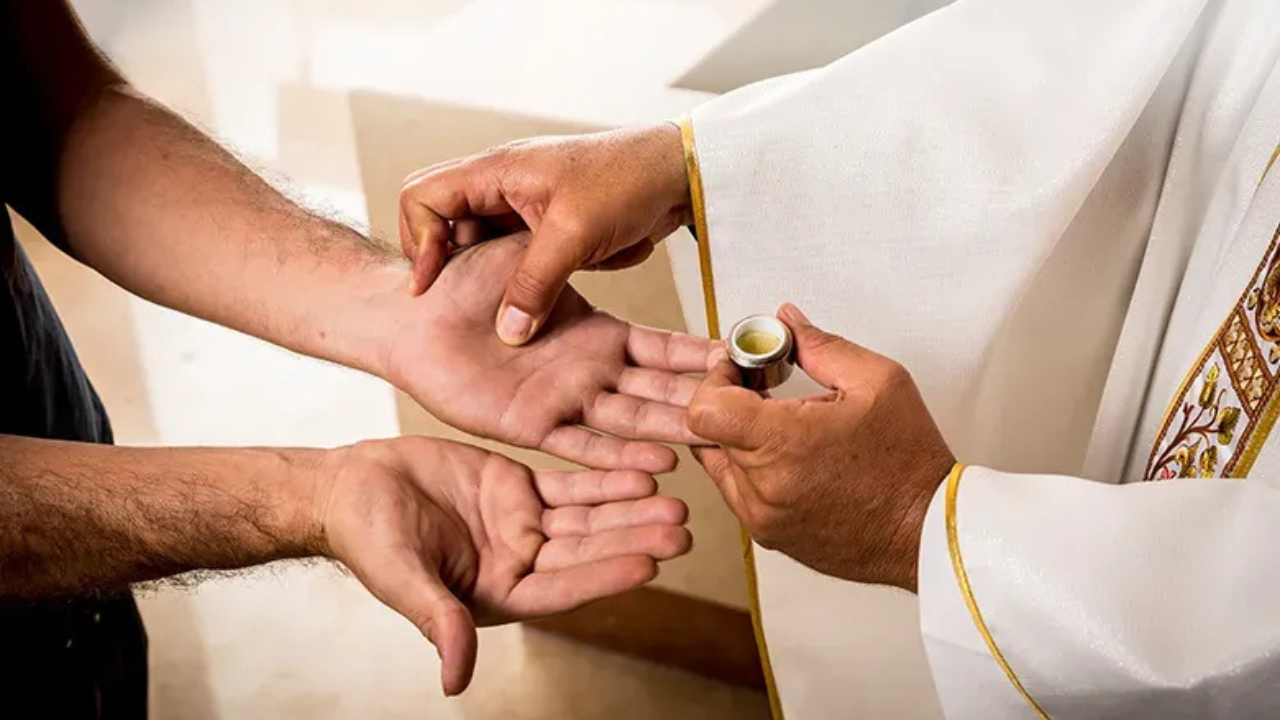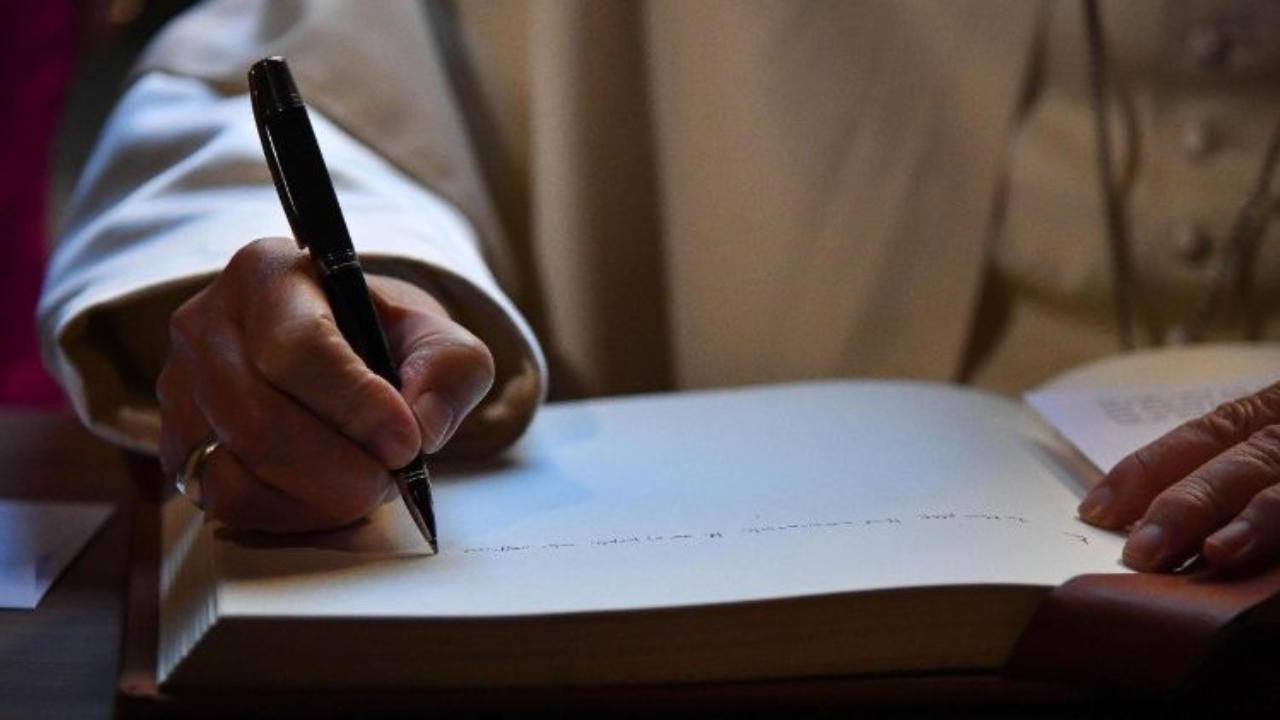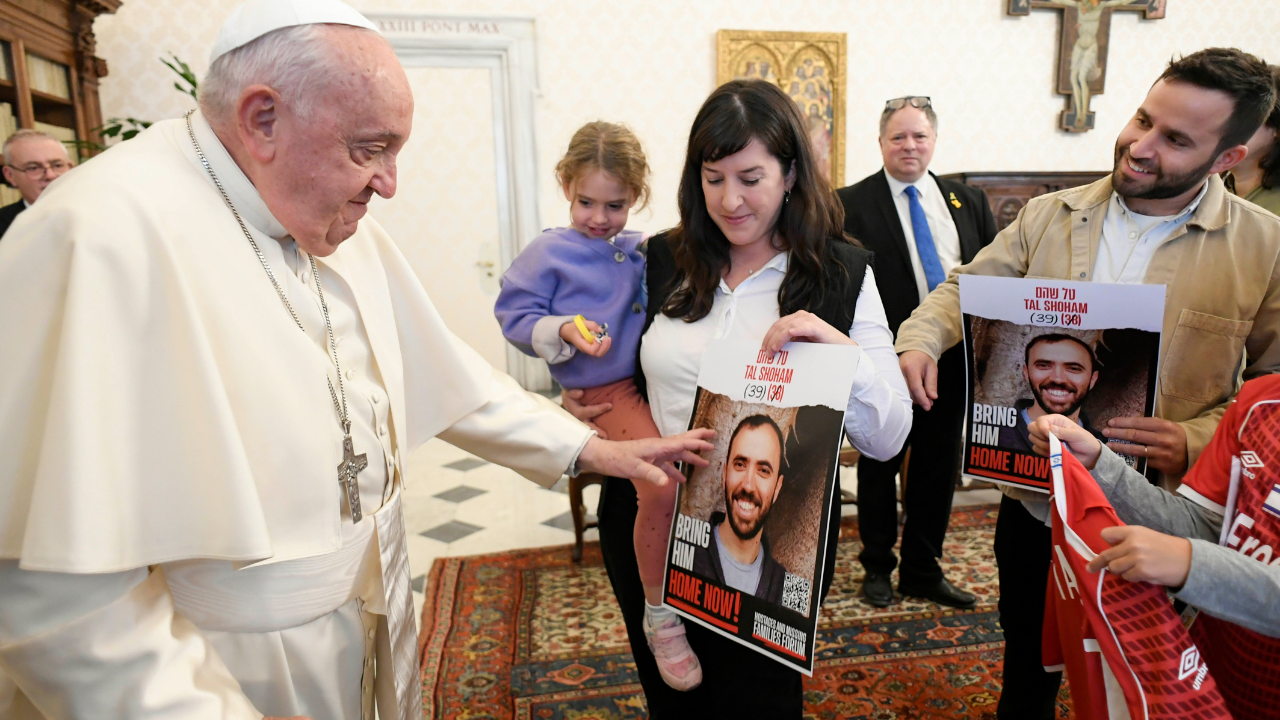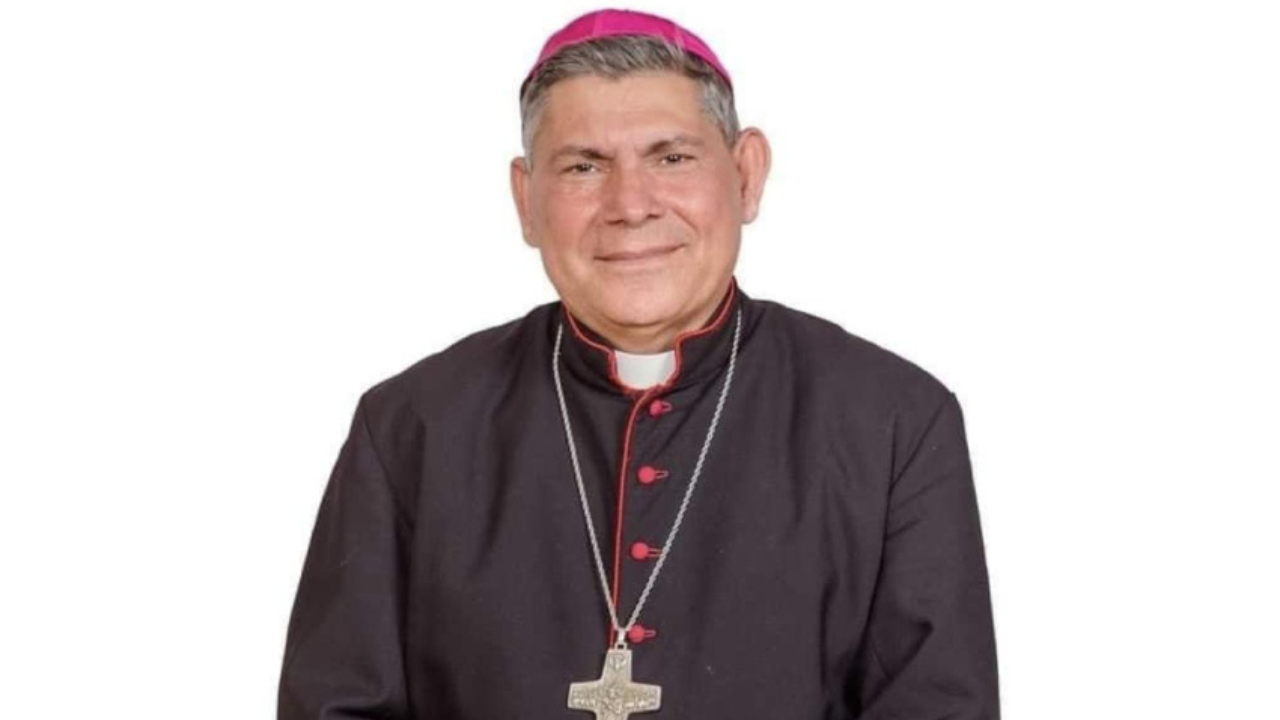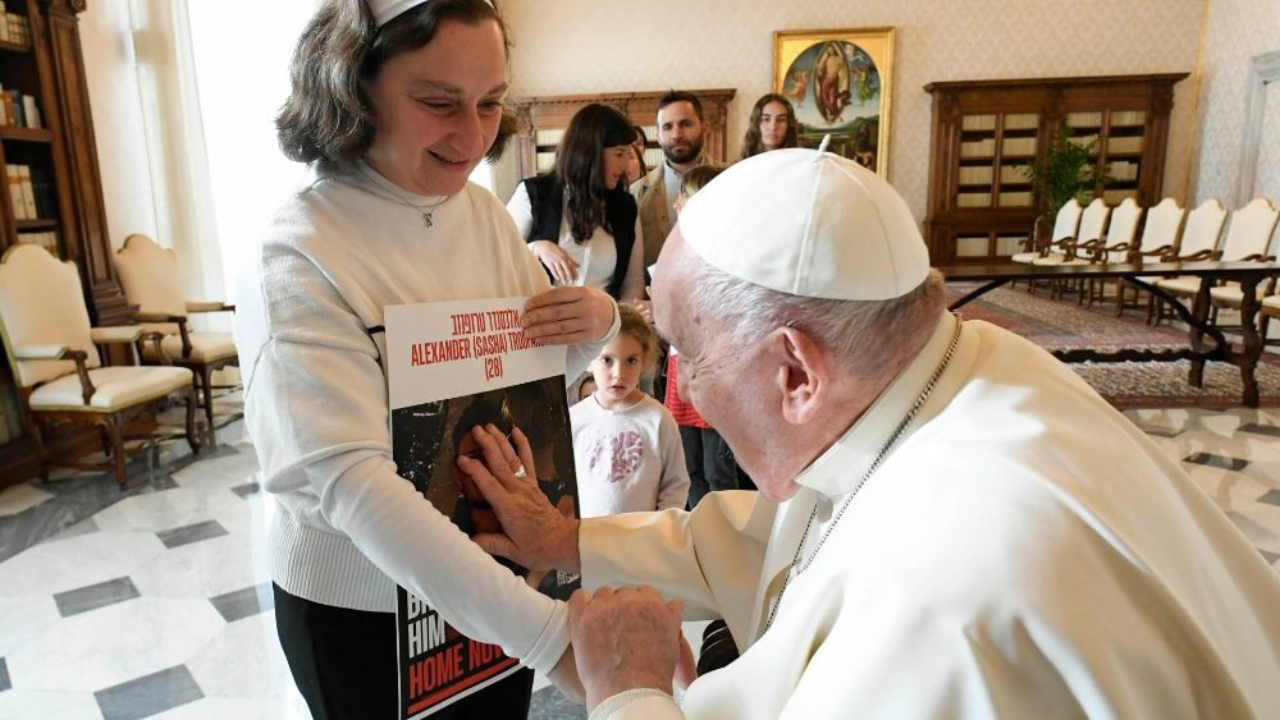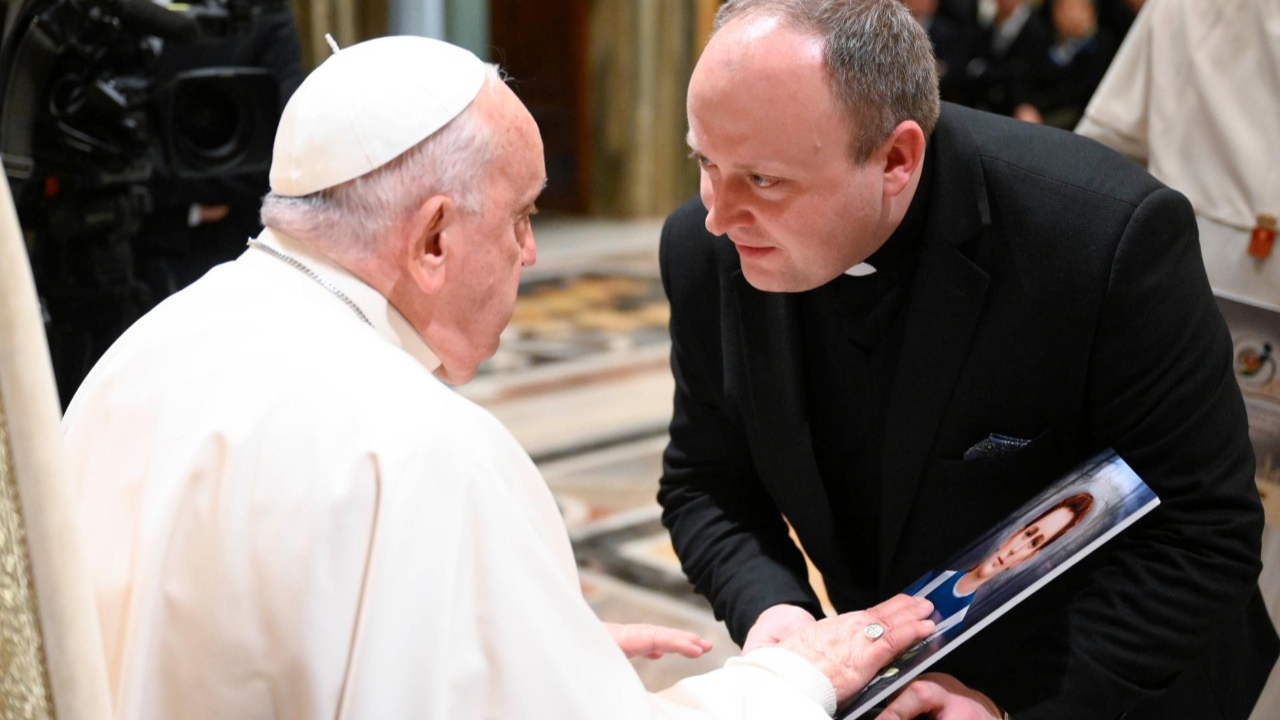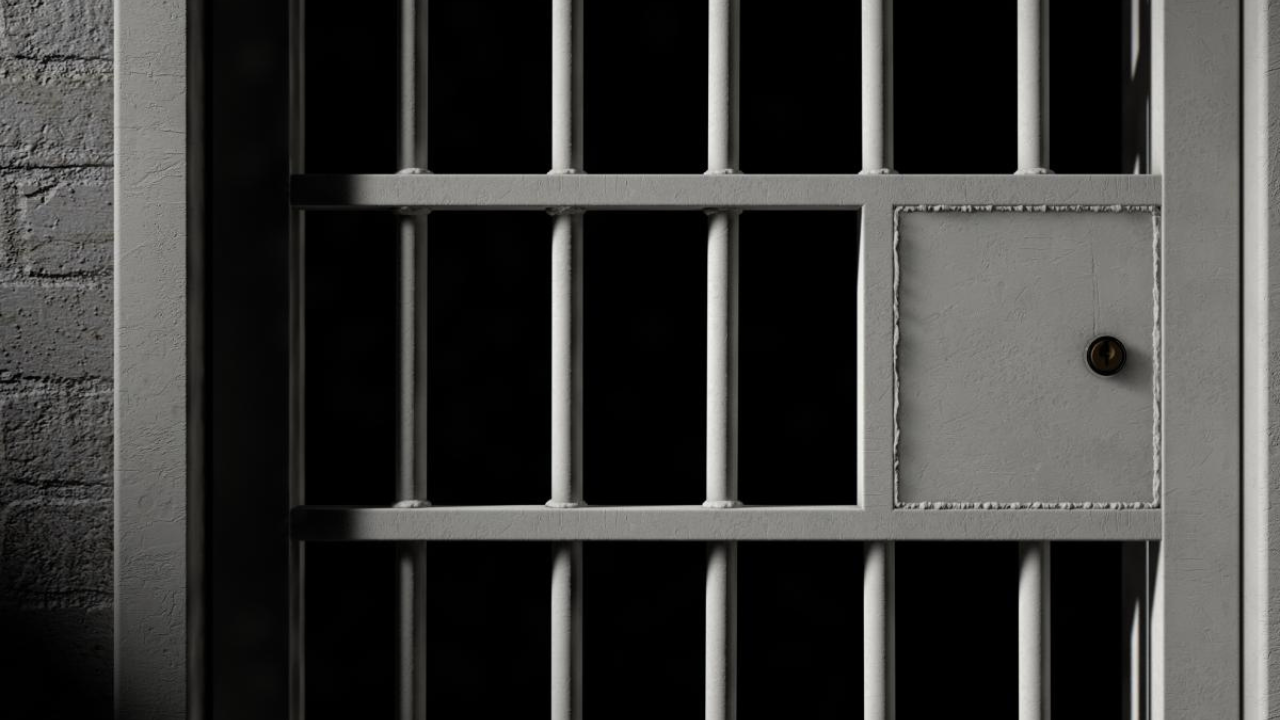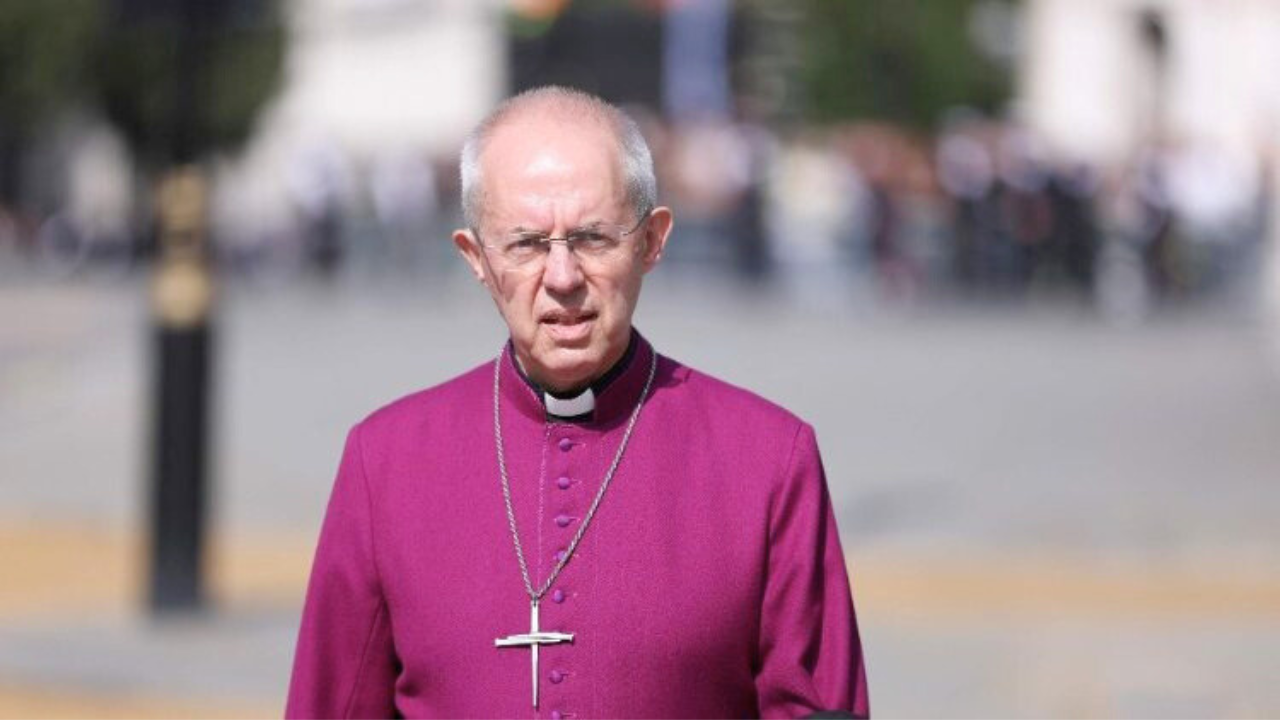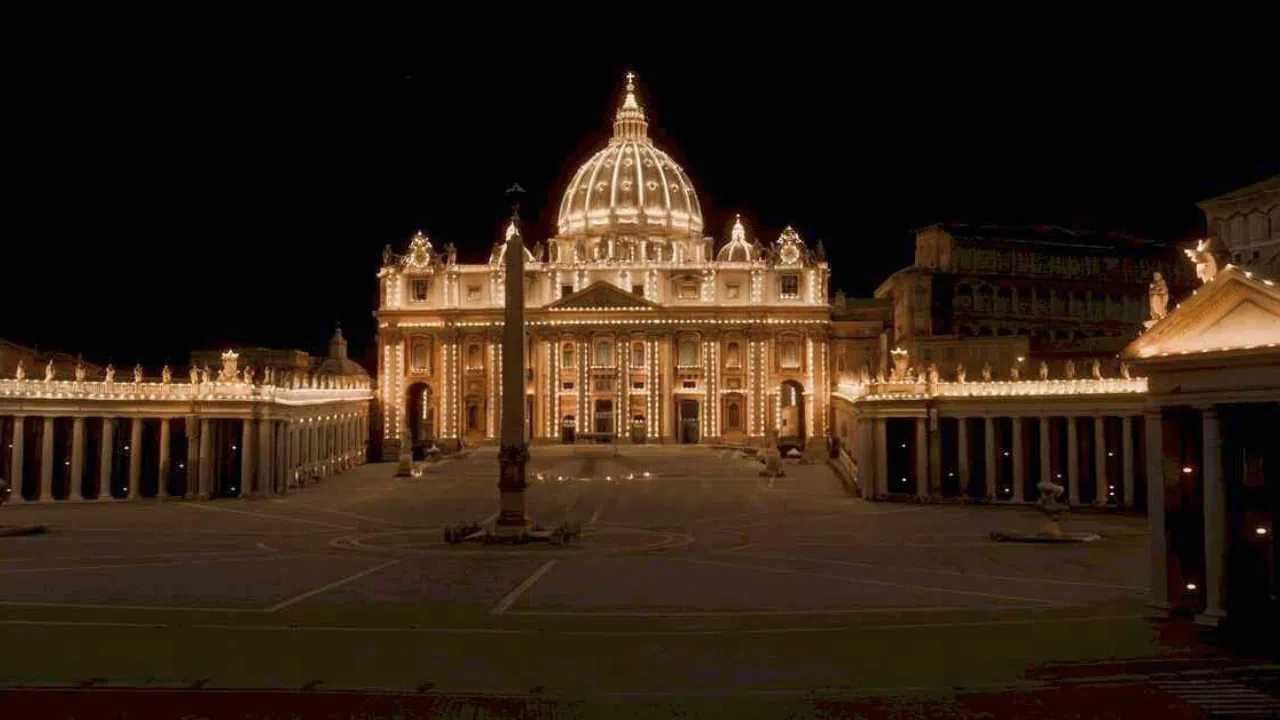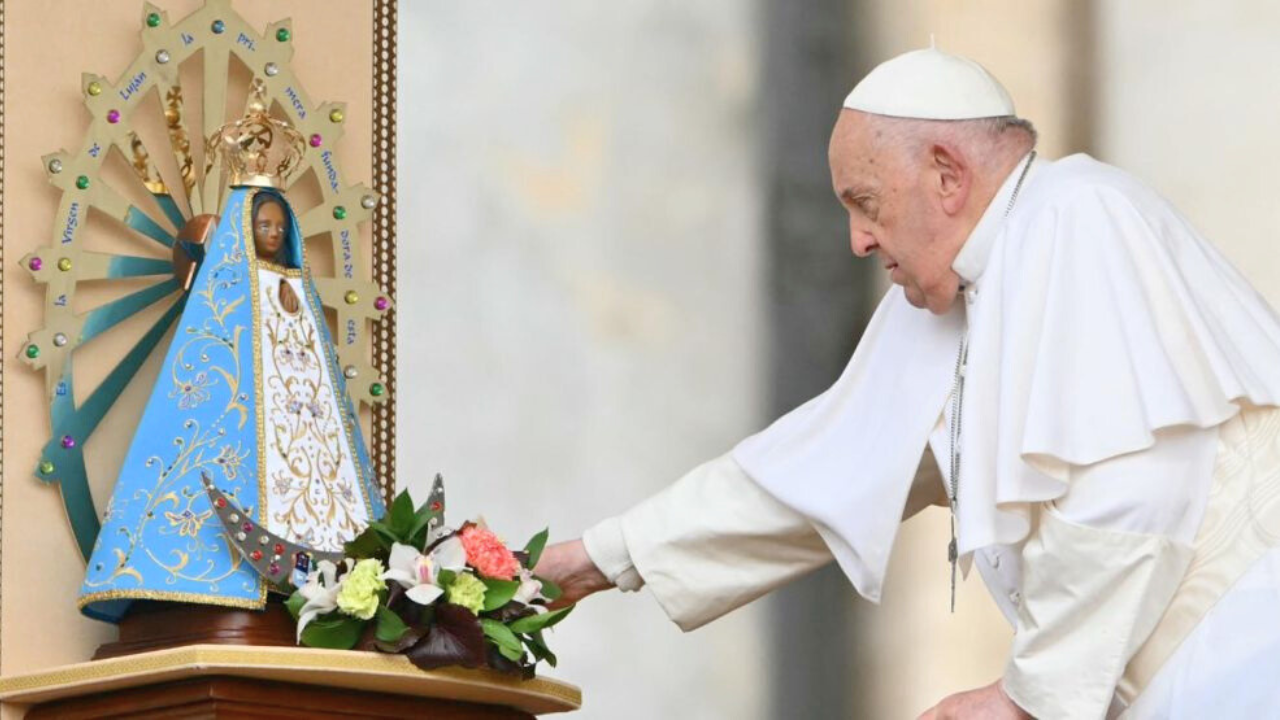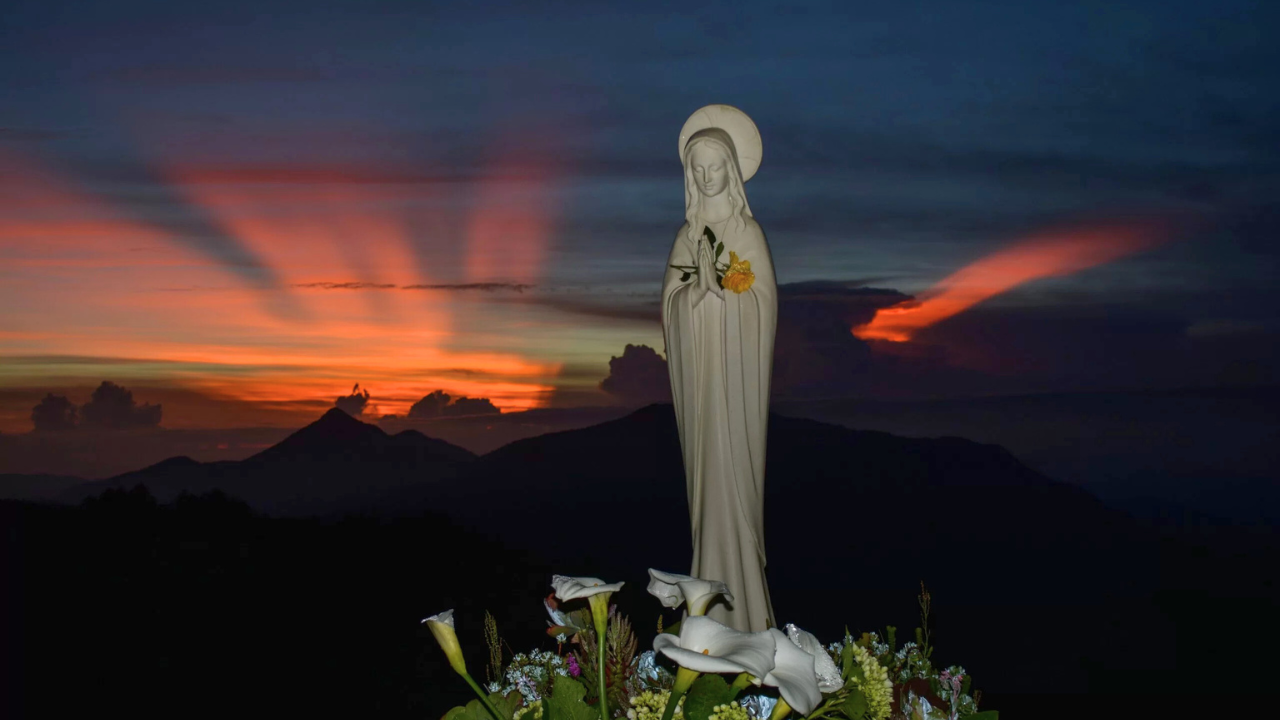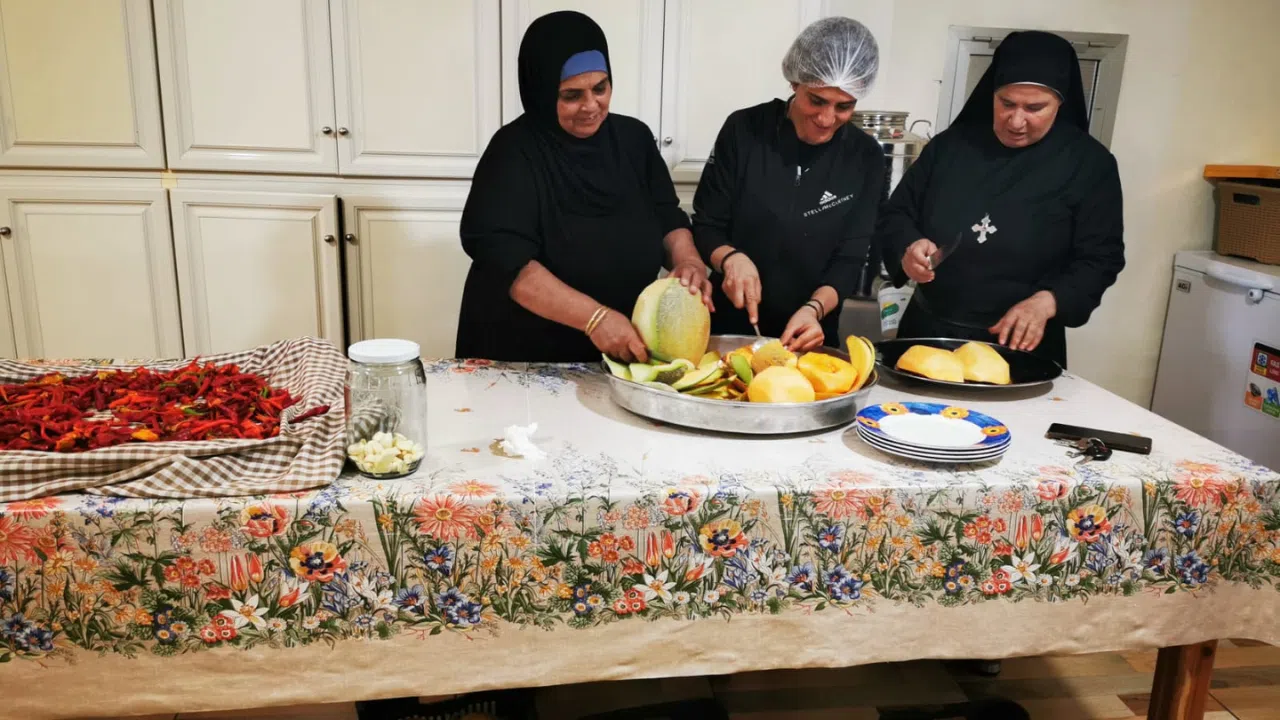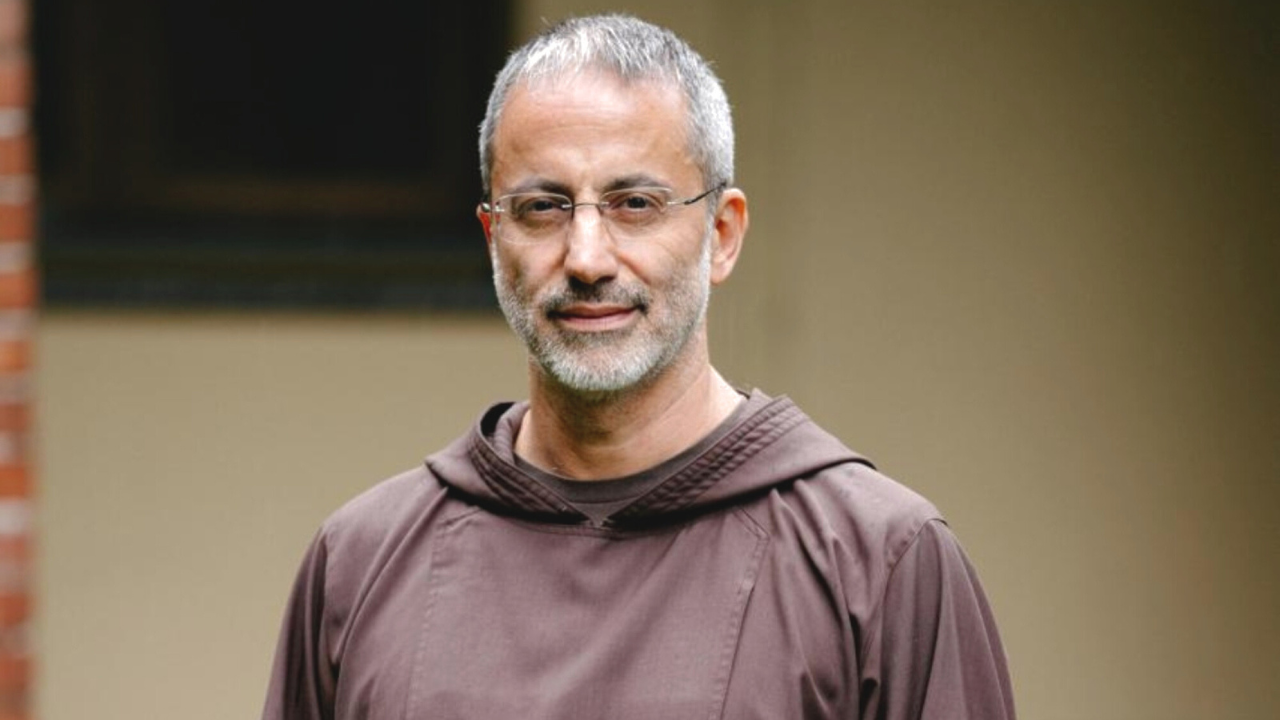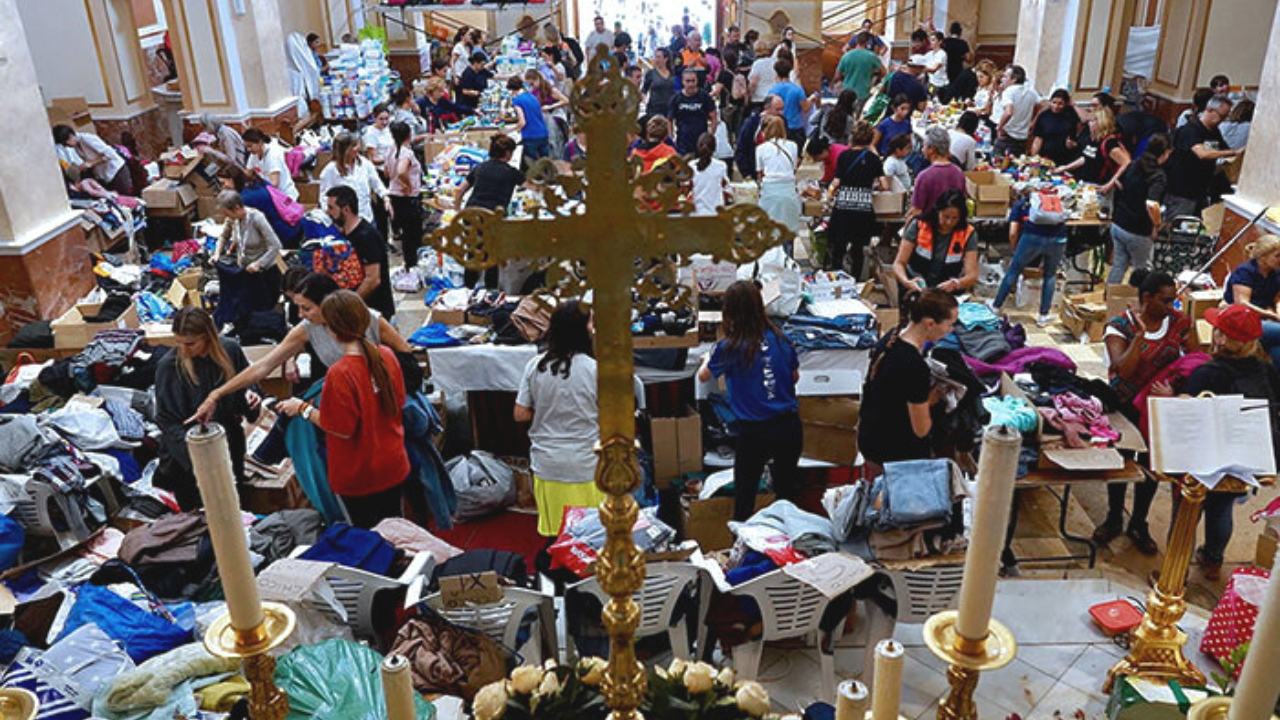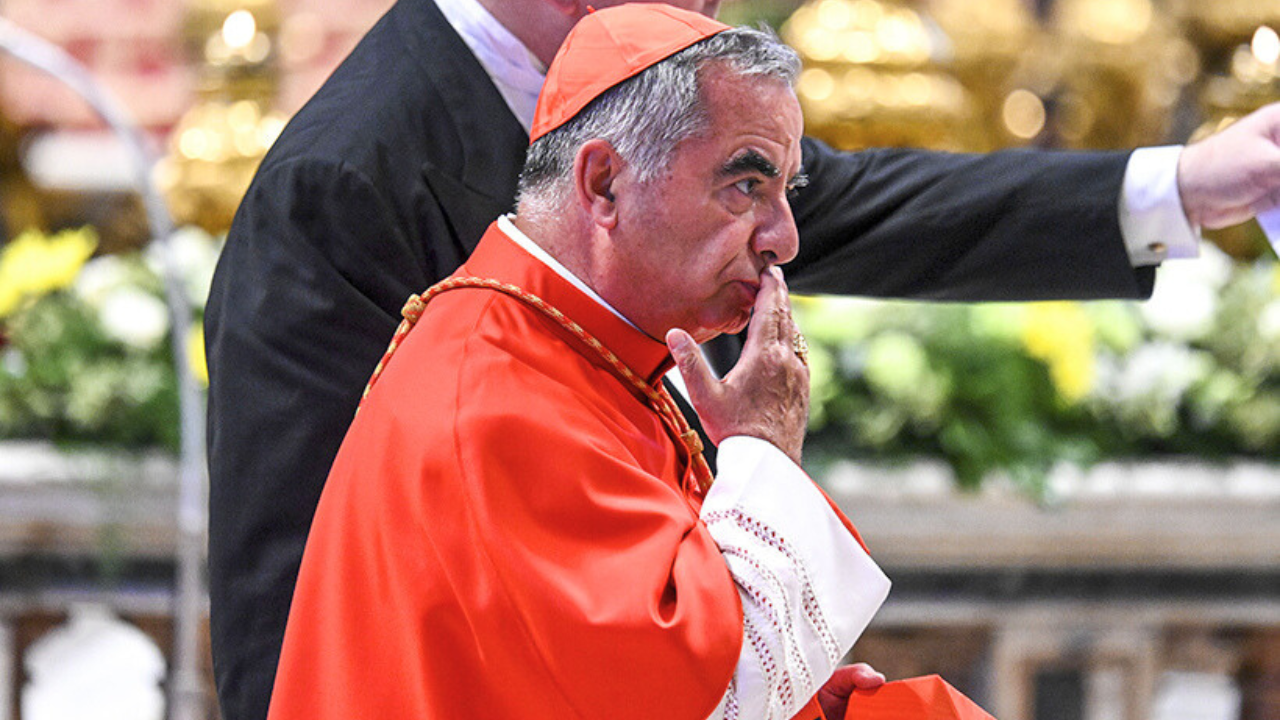The pope will travel from Saturday to Tuesday to the Baltic Countries, one of the most politically sensitive areas in Europe. By looking at a map, it's easy to understand why.
WHY IS IT A SENSITIVE TRIP?
The pope arrives at a time when these countries are under the gaze of Vladimir Putin and the journey coincides with 100 years of their independence from Tsarist Russia.
HOW WILL THEY RECEIVE HIM?
The pope will spend two days in Lithuania, where 80 percent of the population is Catholic.
On Monday and Tuesday, though, no crowds are expected.
The pope will go to Latvia on Monday, where 25 percent are Lutherans and 21 percent Catholics. The government has declared this day a holiday.
On Tuesday, he will arrive in Estonia, where 15 percent are Orthodox and depend on the Moscow Patriarchate. Another 15 percent are Lutherans, and only 0.5 percent, about 6,000 people are Catholics. Seventy percent of the population declare themselves to be non-believers.
Pope Francis will meet other Christian leaders and small communities of Catholics.
WHAT PLACES WILL HE VISIT?
In Lithuania Pope Francis will visit the Museum of Occupation, the former headquarters and prison of the Nazi Gestapo and later Soviet KGB; he will enter the torture cells of opponents to the regime and the execution hall.
Thousands of people passed through this prison, including Catholic priests, religious and Lutheran ministers.
He will also stop to pray at the ghetto in which there were one hundred thousand Jews, of whom only two thousand survived.
